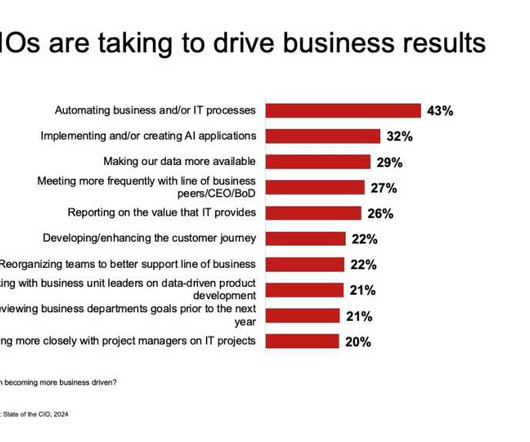6 IT rules worth breaking — and how to get away with it
CIO Business Intelligence
SEPTEMBER 26, 2023
Code change management processes One rule that can occasionally be broken without outside repercussions is sending new code or a new capability into production without first following a required change management process, Chowning says. There are times when real-time data sharing becomes imperative, Demoranville states.















Let's personalize your content